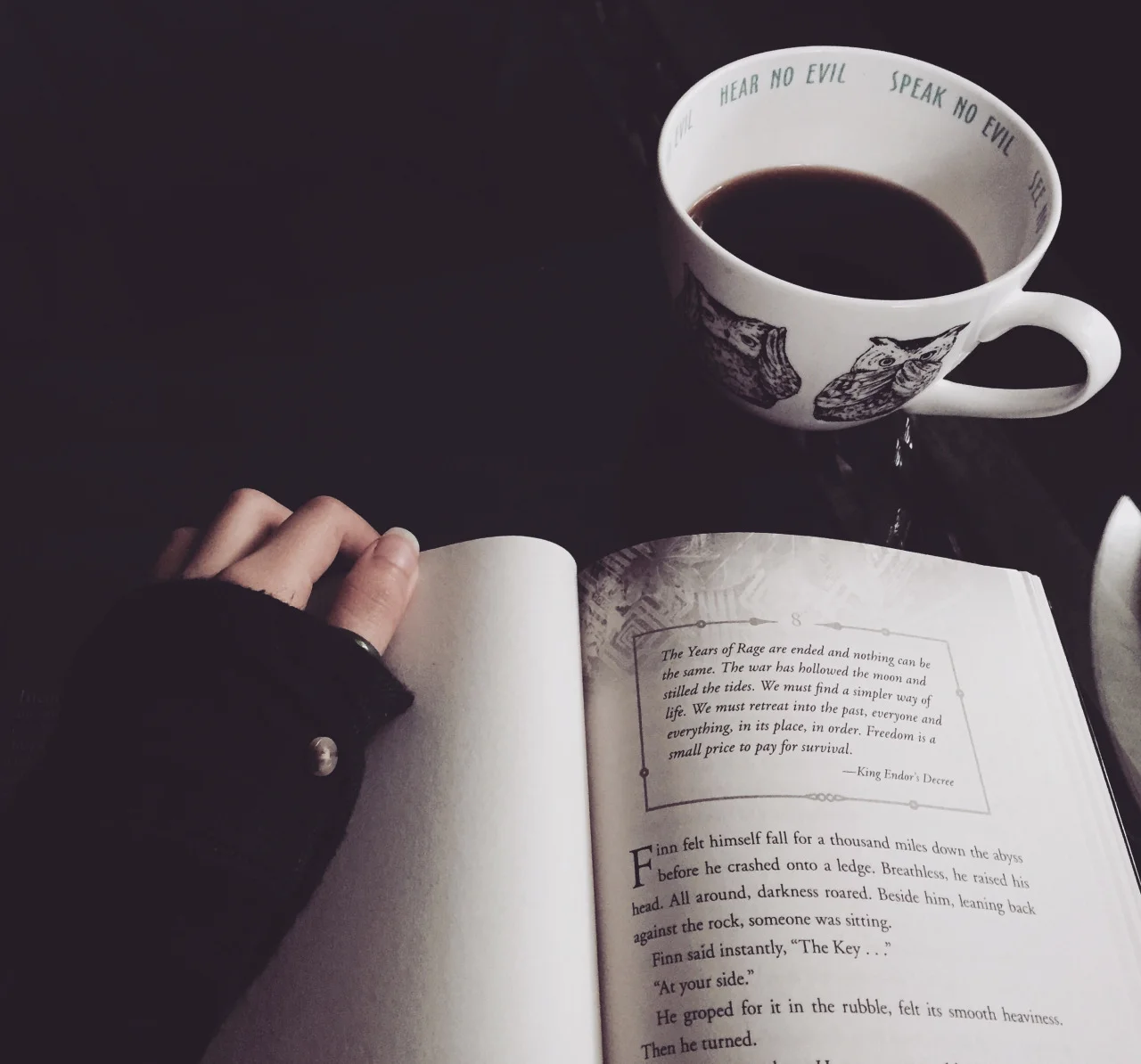Whatever we’re writing, we all know the ultimate goal is to engage our readers in a way that keeps them turning the pages. The best way to do this? Powerful description.
But how do we keep our descriptions dynamic and compelling, instead of weighing down the story with wordiness? Here are a few tips to help:
1. Show, Don’t Tell
We’ve all heard this tip at some point, but let’s think about this in relation to writing. I find this to be particularly important when including emotion in a story. As yourself what your character feels as she or he experiences something. What are the emotions the narrative brings out in your character? And don’t just hand those emotions to your audience; wrap them up in a description, and let readers find them on their own. Barbara Kingsolver is one of my favorite writers when it comes to description. In her novel “The Poisonwood Bible,” she describes grief like this:
“As long as I kept moving, my grief streamed out behind me like a swimmer’s long hair in water. I knew the weight was there but it didn’t touch me. Only when I stopped did the slick, dark stuff of it come floating around my face, catching my arms and throat till I began to drown. So I just didn’t stop.”
This is a beautiful and haunting description of an emotion that almost everyone can relate to. However, Kingsolver doesn’t just say, “I was grieving.” She shows the audience instead of telling them, and what an effect that has!
2. Keep it simple
This is where most description goes wrong. We get all wrapped up in having these long, winding sentences that we create paragraphs impossible to get through. So, I urge you to keep it simple. You have to find the happy medium between the polar bores, as I call them: the bore with no description and the bore with too many words. Please, don’t bore your readers. One way to do this is to simply focus on one emotion for a descriptive sentence or paragraph.
Here, Tolstoy uses sight as a compelling depiction of love at first sight in “Anna Karenina”:
“In that brief glance Vronsky had time to notice the restrained animation that played over her face and fluttered between her shining eyes and the barely noticeable smile that curved her red lips. It was as if a surplus of something so overflowed her being that it expressed itself beyond her will, now in the brightness of her glance, now in her smile.”
And here, John Keats uses the sound imagery to appeal to audiences in “To Autumn”:
“Or sinking as the light wind lives or dies;
And full-grown lambs loud bleat from hilly bourn;
Hedge-crickets sing; and now with treble soft
The redbreast whistles from a garden-croft,
And gathering swallows twitter in the skies.”
3. Limit modifiers and focus on verbs
Another way to limit wordiness in description is to focus on doing. When we place too many modifiers around nouns, our descriptions can become clogged and stagnant. Instead, try to focus on the verbs driving your story along. Are they exciting? Do they make the description more dynamic?
Jack London masters the use of descriptive action in this passage from “The Call of the Wild”:
“A pause seemed to fall. Every animal was motionless as though turned to stone. Only Spitz quivered and bristled as he staggered back and forth, snarling with horrible menace, as though to frighten off impending death.”
London doesn’t use half a dozen adjectives to back up his nouns, but strong, active verbs to portray the scene.
4. Use figurative language
Perhaps more than any other tool, figurative language is key to powerful descriptions. Why? Because it allows writers to take a specific object, character, place or event and recast it into something with which the readers are familiar. Use it sparingly, of course, as to not tire out your audience—you don’t want every other sentence to include metaphor. Figurative language packs a punch and is essential if you want readers to remember your stellar descriptions.
In “Jane Eyre,” Charlotte Brontë makes great use of figurative language to describe prejudice in this way:
“Prejudices, it is well known, are most difficult to eradicate from the heart whose soil has never been loosened or fertilised by education: they grow there, firm as weeds among stones.”
As you can see, description brings a story to life. Don’t let your story go without it! What are some of your favorite descriptive passages in literature? Comment below!




















